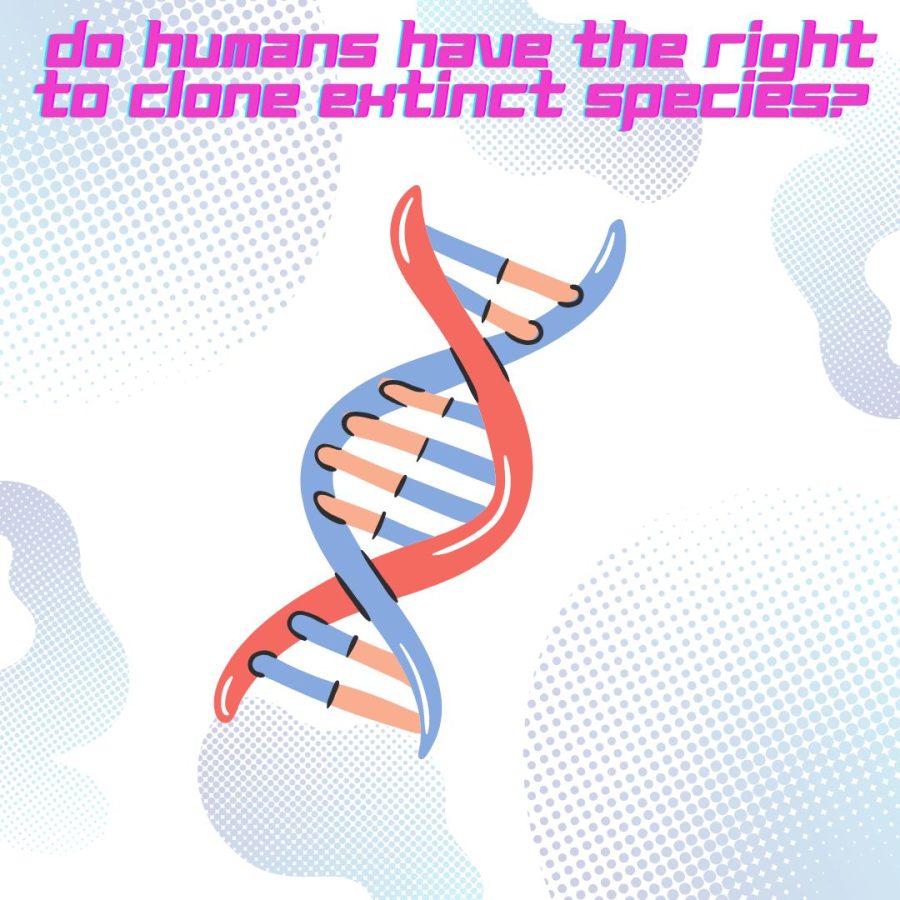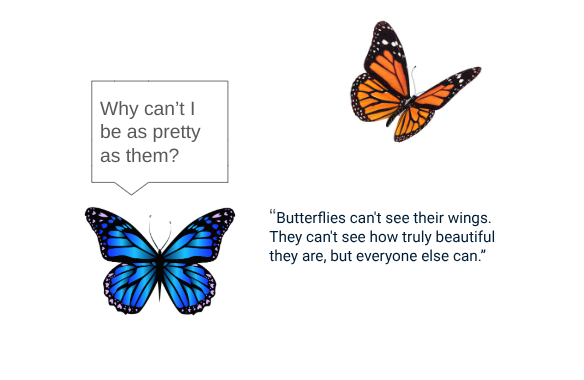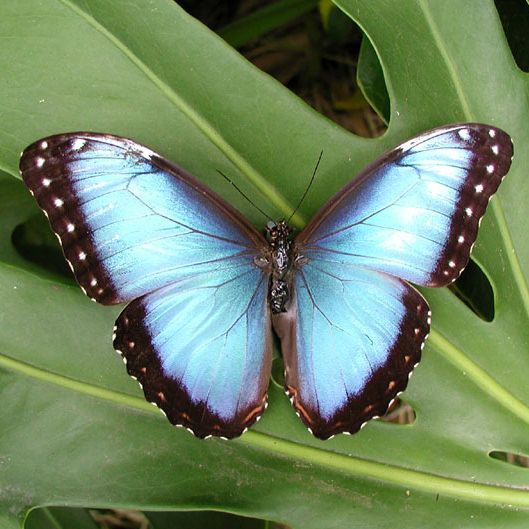Do Humans Have the Right to Revive Extinct Species?
De-extinction is a topic made famous by the Jurassic Park film series, but is it even ethical to bring back species from beyond the brink? There are several different arguments if humans have the right to decide which species can once again inhabit the Earth, such as returning the biodiversity of the planet or if they died off for a reason. However, de-extinction can help rectify the mistakes past generations made, but to do this, we’ll need a DNA sample. What this means is there will be no Jurassic Park, as dinosaur DNA has long since been lost.
Within the past year, a company named Colossal Biosciences has announced plans to revive the Tasmanian Tiger, Woolly Mammoth, and most recently, the Dodo. This is a very ambitious move because the last time we attempted to clone an extinct species, (specifically the Pyrenean Ibex in 2003) it had birth defects and died seven minutes later, making it the only animal to go extinct twice. Those who argue cloning and de-extinction doesn’t work cite this as a major reason, ignoring the fact that it worked at first.
If we can successfully work out the kinks in cloning animals beyond the brink of extinction, then we can try and save the biodiversity of some places, and maybe even the environment. This idea is explored by Sergey Zimov, who started his own wildlife park known as Pleistocene Park. It aims to restore a lost ecosystem, called the Mammoth Steppe, to the Siberian tundra, and efforts to re-introduce lost species has proved successful so far. The park aims to bring back species that would have lived there in the past, but have since either died off, or migrated elsewhere. If successful, then some of Siberia’s permafrost, which has been rapidly defrosting, may stay permanent.
A recent field of study has taken biologists by surprise, sending expeditions to look for supposedly extinct species. Over the past few years, several animals have been rediscovered through this method, most famously, the Fernandina Island Tortoise from the Galapagos Archipelago. If less animals are extinct than previously thought, then why can’t we revive some? Therefore, I believe that humans do, in fact, have the right to revive extinct species, but only if we’re the reason they’re extinct and if it can be beneficial to everything involved.








George M • Aug 19, 2023 at 8:53 am
Yes yes yes !